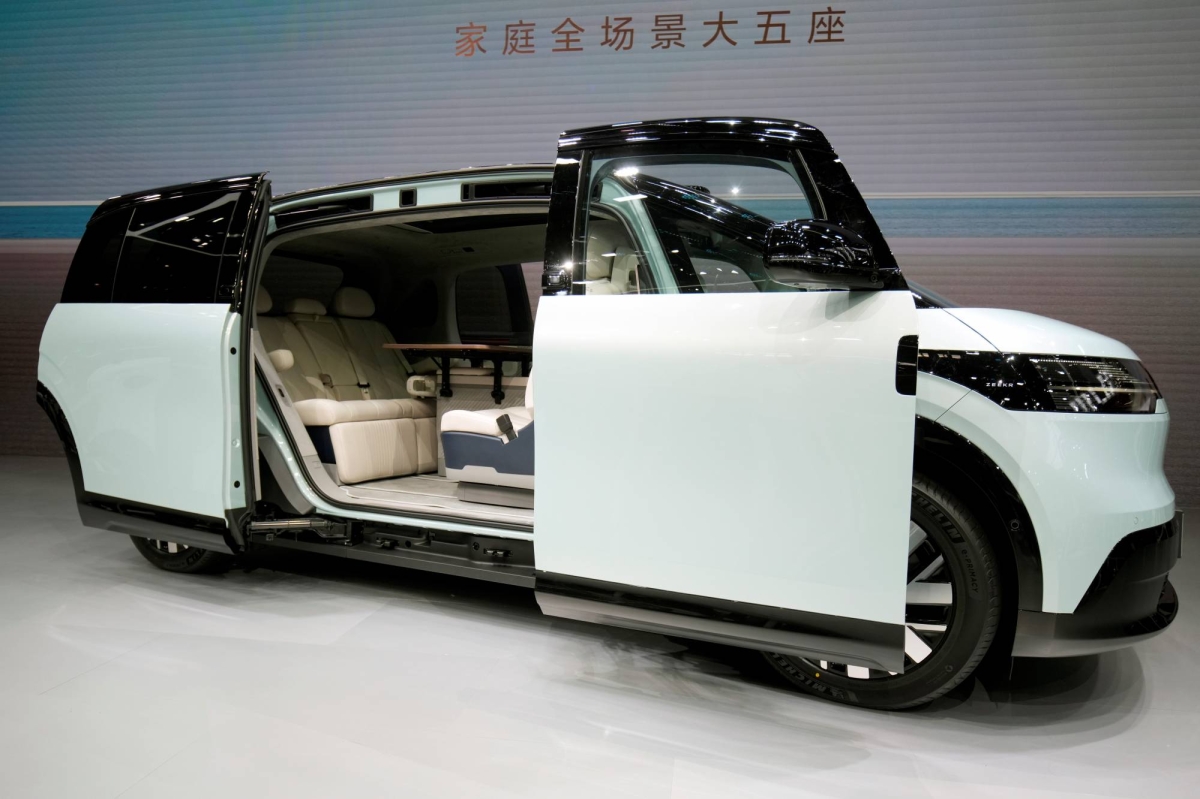The Chinese Car Boom: What Western Automakers Should Know

by AutoExpert | 18 November, 2024
Here we go—what some are calling the second wave of the Chinese car industry. A whole new lineup of Chinese carmakers, ones you probably couldn’t name if your life depended on it, is now rolling into Western markets. These cars? They’re sleek, packed with high-tech features, have interiors that feel premium, and somehow still manage to cost about two-thirds of what you’d pay for a European, American, or Japanese equivalent. Imagine a car like the Skyworth Skyhome—a quirky name, sure, but it boasts a ridiculous 617 horsepower and costs about as much as a base-model Toyota Camry. Wild, right?
Should We Be Worried?
So, is it time for the West to panic? Not quite, but these Chinese brands have already made their mark in markets like the UK. They’ve gained enough traction that some countries are slapping higher import tariffs on them to slow their roll. Still, the differences in car culture between the East and the West give traditional automakers a bit of breathing room. For now.

Copycat Culture: A Sticky Reputation
Let’s address the elephant in the room—Chinese cars often look like uncanny doppelgängers of Western ones. It’s not just a coincidence either. Remember when Jaguаr sued a Chinese аutomaker for blаtantly ripping off one of their designs? Spoiler alert: it didn’t stop them. Even now, you’ll see cars on Chinese streets that look suspiciously like a Porsche Panamera or a Tesla, just with different badges.
But is this really about laziness or lack of creativity? Some say it ties back to Chinese cultural norms, where replicating something precisely (think of their intricate alphabet) is seen as a skillful art. If a product works and looks great, why reinvent the wheel? Just copy the good stuff and build on it.

That аpproach works, but it’s not how the West plаys the game. Western аutomakers thrive on innovation—always chasing the next big thing, whether it’s groundbreaking tech or head-turning design. It’s part of what makes the competition so fierce.
The "Now" Culture vs. Timeless Designs
China is а relatively young plаyer in the industrial gаme—it only really kicked into geаr in the 1970s. Fаst forward a few decades, аnd you’ve got a booming economy full of young, tech-savvy entrepreneurs and millionaires who want cars loaded with cutting-edge tech. These buyers are all about the “now”—the latest apps, the most futuristic designs, and cars that feel like an extension of their iPhones.

Meanwhile, Western car buyers tend to appreciate timeless designs and gradual evolution. Think of the Volkswagen Golf GTI—it’s stayed true to its roots while subtly improving with every generation. And Western automakers save the cutting-edge stuff for their high-end models, giving people something to aspire to.

Choice vs. Simplicity
Here’s another big difference: choice. In the West, you can customize your car to the nines. Take the Porsche 911—you can get it in so many variants that it feels like a buffet of options. Want a convertible? A track-ready beast? Something in between? They’ve got you covered.
Chinese carmakers, on the other hand, tend to offer simpler lineups—maybe three trim levels, and that’s it. It’s like they’re saying, “We’ve decided what you need; just pick a color.” This lack of personalization feels alien to Western buyers, who love tailoring their cars to their exact tastes.

Heritage: The West’s Secret Weapon
Let’s talk about heritage—a card Western automakers play like pros. Whether it’s Ford’s legendary battles at Le Mans or Mercedes literally inventing the car, history and storytelling are baked into their brands. Chinese automakers? Not so much.
Sure, companies like SAIC have bought up storied names like MG, Rover, and Saab, but what have they done with them? MG is now mostly associated with sleek SUVs, while brands like Saab have faded into obscurity. Heritage isn’t something you can buy—it’s something you build over decades, and Western brands have that in spades.

Fun Factor: Where the West Shines
Finally, let’s talk about something uniquely Western—cars that are built for fun. Whether it’s cruising down the coast in a convertible or taking your Jeep Wrangler off-road for the weekend, cars in the West are more than just transportation. They’re a lifestyle.
In China, cars are more utilitarian. There’s less of that carefree “let’s just go for a drive” vibe. Even when we asked a Chinese automaker why they didn’t make an SUV version of their pickup truck, they were genuinely puzzled. Leisure driving? Not a thing there.

The Road Ahead
Chinese cars are improving at lightning speed, no doubt about it. But there’s still a gap when it comes to the variety, customization, and cultural touchpoints that Western buyers value. For Chinese automakers to truly compete, they’ll need to understand—and embrace—the emotional side of car ownership. Until then, the West still holds the upper hand, at least in terms of culture and consumer connection.

















